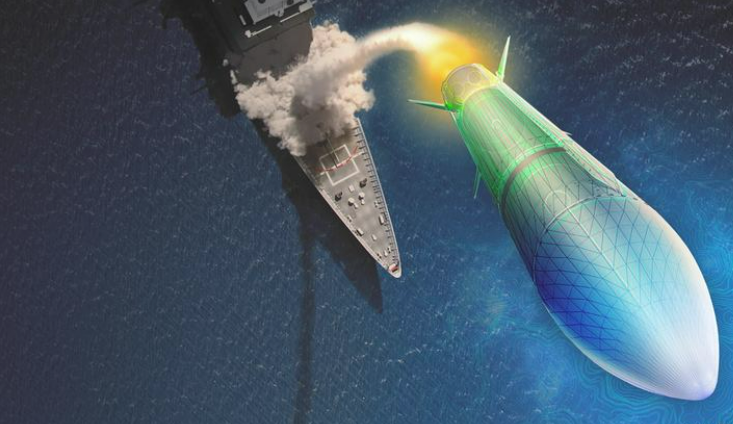Raytheon, Northrop Grumman win enhanced contracts for hypersonic missile defense project

With new contract enhancements in hand, Raytheon Technology’s Tucson-based Missiles & Defense division and the Chandler operation of Northrop Grumman will speed up work to develop a new missile to knock out hypersonic threats in mid-flight.
The U.S. Department of Defense’s Missile Defense Agency awarded contract modification to the two companies, which have been working on a Glide Phase Interceptor, or GPI, which will be able to stop hypersonic weapons while they are in the glide phase, which is the middle portion of their flight en route to targets.
The two companies, along with Lockheed Martin, were awarded contracts last November to work on the project, but this time around the selection of Raytheon and Northrop Grumman means the interceptor program is apparently proceeding without Lockheed Martin, according to a report by the Defense Post.
The contract update of $41.5 million for Raytheon (NYSE: RTX) increases its total value to $62 million. Northrop Grumman’s (NYSE: NOC) award was $41.4 million, with the updated contract bringing its total to more than $60 million.
The contract upgrades come a month after Russia said it had successfully tested its Zircon hypersonic cruise missile, touting its long-range capabilities. NPR reported that Russia claimed the Zircon cannot be detected by existing anti-missile systems.
Raytheon says the new contract award will allow it to incorporate advanced materials and technology into its GPI, and will allow it to finalize system requirements.
The company said its GPI design is bringing in technologies from across its missile portfolio — including sensors, interceptors and command and control networks — to increase efficiency and speed up development timelines.
“Our GPI is built on proven missile defense technology as its foundation,” Tay Fitzgerald, president of Strategic Missile Defense at Raytheon Missiles & Defense, said in a statement. “By using digital engineering and leveraging high technology readiness level components and subsystems already in use across Standard Missile and hypersonic programs, we can quickly advance the creation of this new interceptor.”
Northrup Grumman: Key to future of defense
Northrop Grumman’s website describes the GPI’s mission as “hitting a bullet with a bullet,” and the company emphasized the importance of the project for the future of defense.
“GPI will play a central role in ensuring the United States maintains the most reliable and advanced missile defense systems in the world that are capable of outpacing and defeating evolving missile threats,” Rich Straka, Northrop Grumman’s vice president launch vehicles, said in a statement.
Following an accelerated schedule, the GPI development project is scheduled to last until mid-February.
The Missile Defense Agency said the prototypes are meant to fit into its current Aegis Ballistic Missile Defense system, fired from Navy Aegis destroyers using a standard vertical launch system.
“We are pleased to have these contractors working with us to develop design concepts for the GPI,” Rear Adm. Tom Druggan, MDA’s Sea-based Weapon Systems program executive, said in a statement. “Multiple awards allow us to execute a risk reduction phase to explore industry concepts and maximize the benefits of a competitive environment to demonstrate the most effective and reliable Glide Phase Interceptor for regional hypersonic defense, as soon as possible.”
